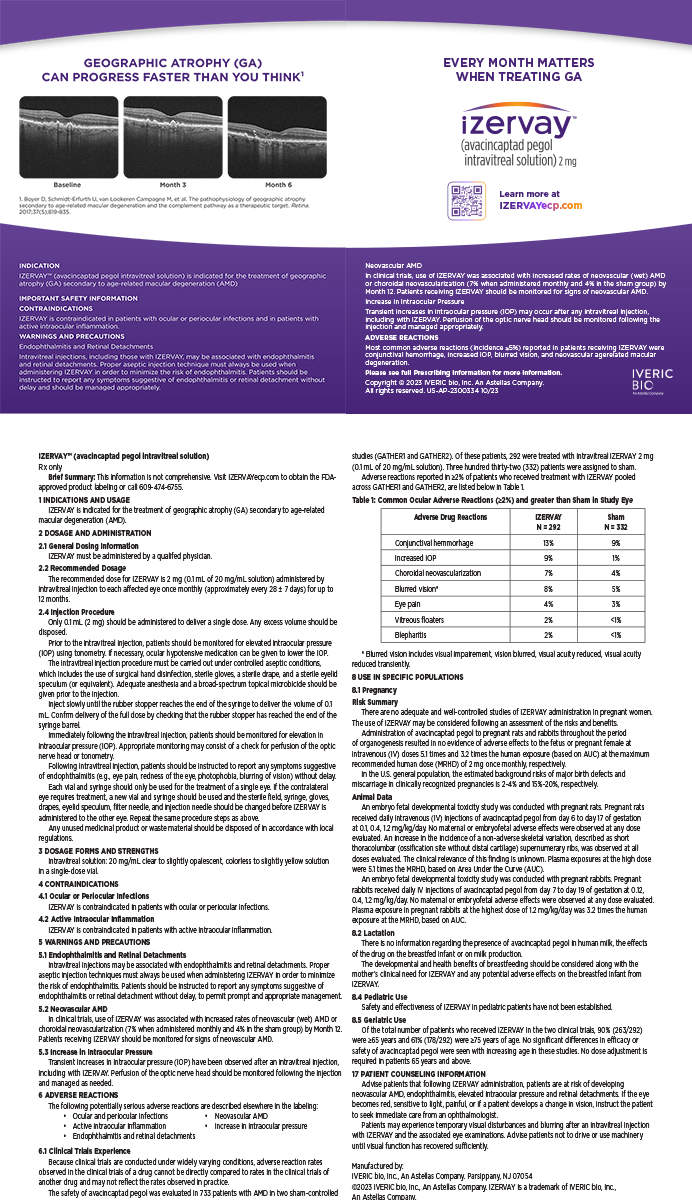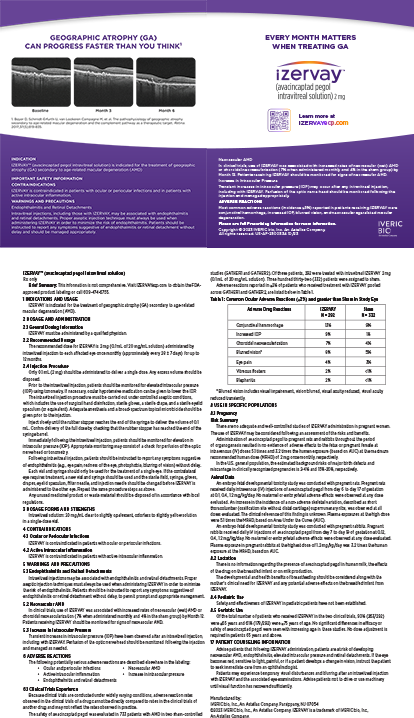
There is a learning curve associated with incorporating new technology in a practice. When that technology is something as important as a surgical platform, it is crucial that the surgeon to plan accordingly. The lessons I learned from my early experiences performing laser cataract surgery—many of which were surprising— shaped how I used the technology in later cases. The adage applies: we do not know what we do not know.
AT A GLANCE
• Using the laser for cataract surgery requires a commitment from the surgeon and staff to relearn critical steps of the cataract procedure.
• For early cases, choose eyes without zonulopathy or dense cataracts to avoid having to address complications.
• Surgeons in training should master the manual techniques of cataract surgery first, because if things go wrong during the laser procedure, ophthalmologists have to recover manually.
BENEFITS OF THE LASER
At our practice, we intentionally were not early adopters of the laser for cataract surgery. We first wanted to assess the marketplace, the various platforms, and the surgery itself to make sure what we would be offering to patients was truly worth the investment. We have been performing laser cataract surgery with the Catalys Precision Laser System (Abbott Medical Optics) for about 6 months now, and I can confidently say that there are definite benefits. For example, the level of precision, especially when performing the capsulotomy, is remarkable. In my opinion, it is very easy to achieve 360º overlap with an IOL, which may play a role in the final lens position. Time will tell if this is truly a benefit, yet the potential for lens tilt due to an asymmetric capsulorhexis has become a nonissue.
The amount of ultrasound energy delivered to the eye in the average case has decreased, especially in settings in which I can fragment the lens with the laser. In some of my more recent cases, I have performed laser cataract surgery in patients with dense cataracts and have seen no visible signs of edema. Achieving a clear cornea, even in challenging cases, is becoming more and more the norm.
Where I have been the happiest with the adoption of a laser is in my ability to treat astigmatism. I am much more aggressive treating astigmatism now, because I can use a laser incision. I will treat up to about 1.50 D of astigmatism using a penetrating incision (I do not typically perform intrastromal incisions). Because it is my impression that treating higher degrees of astigmatism will destabilize the cornea, I steer these patients toward a toric lens.
Unexpectedly, however, I have not had as positive a reaction to the primary/sideport incisions made with the laser. Truth be told, I abandoned these early, without giving them much of a chance. Initially, I did not find them to be much of an upgrade over a manual approach, but I am planning to reassess my position in the near future.
PROTOCOL ADJUSTMENTS
Although I feel that laser cataract surgery is generally an upgrade over manual techniques, it has taken me some time to get used to performing surgery in a new way, and I have had to make some important adjustments. For instance, it is no secret that early cases can take longer for the staff and surgeon, but there are approaches for becoming more efficient over time. At my practice, adjusting the templates for the treatments I want to perform has been a real time saver: the input of data is faster, and my ability to get what I want out of the laser is faster.
The laser has also necessitated a few procedural changes at our center. We started by having patients get off the bed outside the laser room and walk over to the Catalys bed. We adjusted that protocol by moving the configuration of the laser to allow us to roll the patient directly into the laser room, making for a quicker and safer transfer.
ESTABLISHING NEW TECHNIQUES
In addition to some changes in how we move patients through our center, I have found that there are some differences in the actual surgery. I hesitate to call them “technical challenges”; nevertheless, surgeons will find themselves relearning certain aspects of the surgery when using laser. In my opinion, performing laser cataract surgery requires a new way of thinking about the techniques an ophthalmologist may have performed thousands of times.
Getting a patient docked to the laser is new for cataract surgery, although it is a step familiar to those who perform laser refractive surgery. It is crucial to ensure the patient’s head is immobilized and at the correct level so that the bed can be raised to the docking position. One thing that helps with that is, before engaging the liquid-optic interface, to simulate docking to make sure there is enough space, and make the adjustment before raising the bed. I learned that tip the hard way, unfortunately. In my early cases, I used the laser on any patient who qualified for the procedure and who was interested in the platform (and amenable to the extra cost). I did not realizing that the body habitus could be a detriment to proper docking (the machine can press down on the chest of larger individuals as the bed is raised). Another thing to ensure is that the patient has full flexion in the neck area so he or she will be comfortable while docked.
During the procedure, if the laser is used for the capusolotomy, the capsulorhexis will typically be free-floating, but I still need to be cautious of tags and not rely on the laser too much. On the other hand, hyrodissection is different altogether, because lens fragmentation causes a pneumodissection. Hydrodissection may not be necessary for most laser cases.
Cortical removal is a little different in laser cases, as there seems to be more adhesion at the edge of the capsulorhexis, probably from where the laser pulse is fired.
One of the shortcomings of current laser platforms is that, although users receive an alert when an error occurs, these alerts do not define the nature of the problem. For example, the system may alert the user that a limbal relaxing incision cannot be performed in a certain region, but it will not elucidate why. I think there is a real opportunity for laser manufacturers to add additional information that will tell operators both that there is a problem and provide insight as to what prompted the error message.
FINAL THOUGHTS
Using the laser for cataract surgery, just like any other adjustment to the surgical routine, requires a commitment from the surgeon and staff to relearn critical steps of the cataract surgery procedure. What makes laser cataract surgery just a little bit different is that the upcharge raises patients’ expectations. If surgeons are going to charge extra for the procedure, they must deliver a premium result and a premium experience. This means thinking more like a refractive surgeon and paying careful attention to the preoperative examination, optimizing the ocular surface, ensuring the accuracy of cylinder readings (including compensating for posterior cylinder), and taking care to review the images provided by the laser platform to ensure they make sense.
Early on, it may not be wise to start with the hardest eyes. For my first cases, I selected healthier eyes so I could get used to the technology without a lot of complications, which included patients with zonulopathy or those with dense cataracts. I have since performed more complicated cases, pseudoexfoliation or traumatic cataracts, specifically because I have learned that the capsulotomy will be perfect, and that I may be able to soften the lens, both of which make the other surgical steps easier. I still use capsular hooks and capsular tension rings when needed, but my chance of messing up the capsulorhexis is nearly zero.
While I am a proponent of teaching residents laser cataract techniques, I am a firm believer that surgeons in training should master the manual techniques of cataract surgery first, because if things go wrong during the procedure, an ophthalmologist has to recover manually. The laser will likely not be of assistance should an unexpected event occur—especially if the sorgeon does not know the nature of the problem.
All in all, laser cataract surgery has been a welcome addition to my practice, and I have been very pleased with the results. Other technologies have been likewise transformative to the ophthalmic practice, particularly imaging devices. Ophthalmology is still a human endeavor, and the technology used in the OR will only be beneficial with proper training.
1. Bala C, Xia Y, Meades K. Electron microscopy of laser capsulotomy edge: Interplatform comparison. J Cataract Refract Surg. 2014;40(8):1382-1389.
Section Editor Sumit “Sam“ Garg, MD
• medical director, vice chair of clinical ophthalmology, and an assistant professor of ophthalmology at the Gavin Herbert Eye Institute at the University of California, Irvine, School of Medicine
• serves on the ASCRS Young Physicians and Residents Clinical Committee and is involved in residents’ and fellows’ education
• gargs@uci.edu
• financial interest: consultant to Abbott Medical Optics




